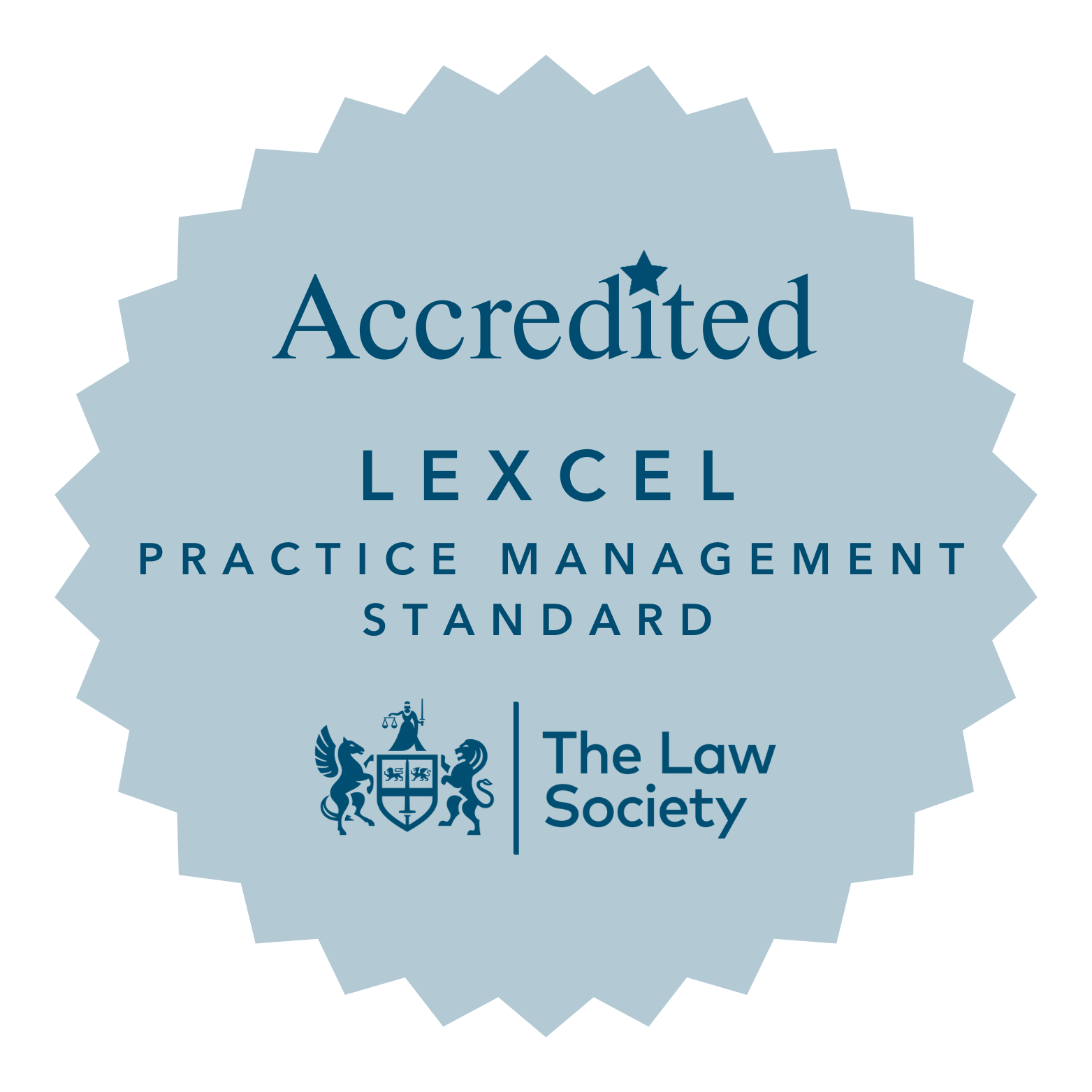Schedule 1 Children Act 1989 Applications FAQs

Summary
- Schedule 1 of the Children Act 1989 allows parents and carers to seek financial provision for children, often used by unmarried or separated parents.
- The court can make orders for maintenance, lump sums, school fees, housing, and, in some cases, legal costs.
- Applications can usually be made until the child is 18, with certain exceptions for education or special needs.
- Courts assess parents’ resources, the child’s needs, and the standard of living the child would have enjoyed if the family had remained together.
- An experienced Family Law Solicitor can assist with making Schedule 1 applications..
What is a Schedule 1 Children Act 1989 application?
Schedule 1 of the Children Act 1989 applications allows a parent, guardian, or carer to seek financial provision from another parent for the benefit of a child. The focus is on the child’s welfare, not the relationship between the adults. This route is often used by High Net Worth unmarried or separated parents, but can apply more broadly.
Who can make an application?
Eligible applicants include a parent, legal guardian, special guardian, or any person the child lives with under a court order. Adult children (aged 18 and over) may also apply in limited circumstances, particularly when continuing education or when there are special needs.
What financial orders can the court make under Schedule 1?
The court has a wide discretion and can order:
- Periodical payments: regular maintenance beyond the Child Maintenance Service cap.
- Lump sum payments: for specific expenses such as school equipment, transport, or housing adaptations.
- Transfer or settlement of property: often a home for the child and carer, usually reverting after the child turns 18 or leaves education.
- Secured periodical payments: maintenance backed by assets to ensure continuity.
When should a Schedule 1 application be made?
Applications are usually made before the child reaches 18. However, adult children pursuing higher education or living with disabilities can sometimes apply beyond their eighteenth birthday.
What factors does the court consider?
The court looks at:
- Each parent’s income, earning capacity, and financial resources.
- Both parents’ needs, obligations, and responsibilities.
- The child’s needs and resources.
- Any disabilities affecting the child.
- Education and training plans.
- The standard of living the child would have enjoyed if the parents had remained together.
How do these applications differ for unmarried parents?
For unmarried parents, Schedule 1 provides an essential route to financial support that would otherwise not be available through matrimonial or civil partnership law. It ensures that children receive provision even where their parents were never married.
Can the court order support for school fees or housing?
Yes. The court can order contributions towards private school fees, maintenance above the Child Maintenance Service ceiling, and the funding or provision of suitable housing for the child during their minority. These orders aim to ensure stability in the child’s education and living arrangements.
Is it possible to secure legal funding from the other parent?
Yes. The court can order one parent to contribute to the other’s legal costs, particularly where there is a significant disparity in resources. In A v B [2025] EWFC 127, the court ordered a lump sum payment to cover certain litigation costs.
How does Schedule 1 differ from child maintenance and Section 8 orders?
- Schedule 1 applications are designed to provide financial provision for a child beyond basic maintenance. They can include maintenance payments, lump sums, and property transfers or settlements. These applications are suitable for circumstances where additional provision is needed, such as funding school fees, housing, or additional needs, and are often used by unmarried or separated parents. The court is always involved and has discretion to make bespoke orders. Schedule 1 is also used for “top-up” orders where the paying parent’s income exceeds the statutory child maintenance cap, and does not affect residence or contact arrangements.
- Child maintenance, usually arranged through the Child Maintenance Service (CMS), is the statutory mechanism for regular maintenance payments from a non-resident parent. The CMS works with a standard formula to determine the payment, and court involvement is rare except for “top-up” or special cases where the parents’ income is above the CMS maximum. Generally, child maintenance only covers ongoing regular support, and does not include lump sums or property provision.
- Section 8 orders under the Children Act 1989 govern arrangements such as where the child lives or spends time (Child Arrangements Orders), Prohibited Steps Orders, and Specific Issue Orders. They do not deal with any financial support; instead, Section 8 is used to manage practical arrangements for a child’s care, including day-to-day living and contact schedules. These orders are available to anyone with parental responsibility, and are made by the Family Court.
What is the process for making an application?
Applicants usually need to attend a Mediation Information and Assessment Meeting (MIAM) before applying, unless an exemption applies (for example, domestic abuse or urgency).
In most cases, any disputes around the application are settled through mediation or negotiation. However, in cases where court action proves inevitable, the process involves filing an application, providing financial disclosure, attending a directions hearing, and, if necessary, a final hearing.
How long do the orders last?
Most orders last until the child is 18 or completes full-time education. Property orders often specify that the home will revert to the paying parent once the child reaches adulthood. In cases of disability, longer-term provision may be ordered.
Please call our office today on 02476 231000 or email enquiries@askewslegal.coto discuss making a Schedule 1 application.









